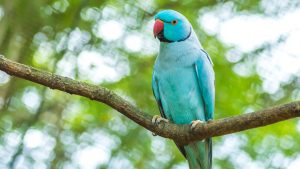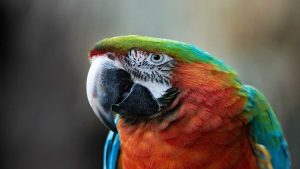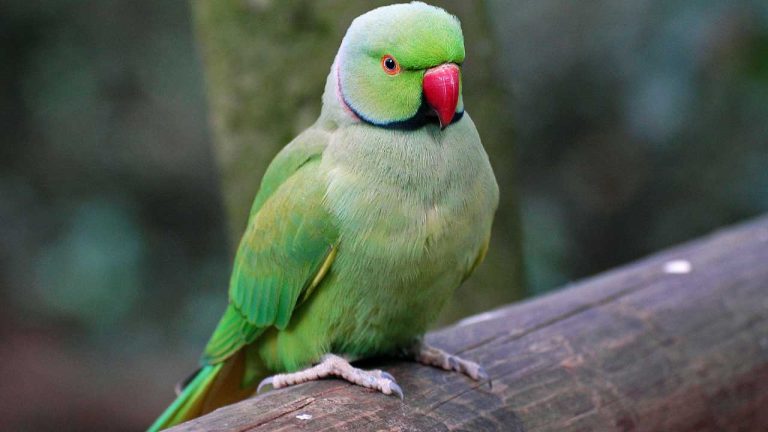How Many Words Can Parrots Learn? A Comprehensive Guide
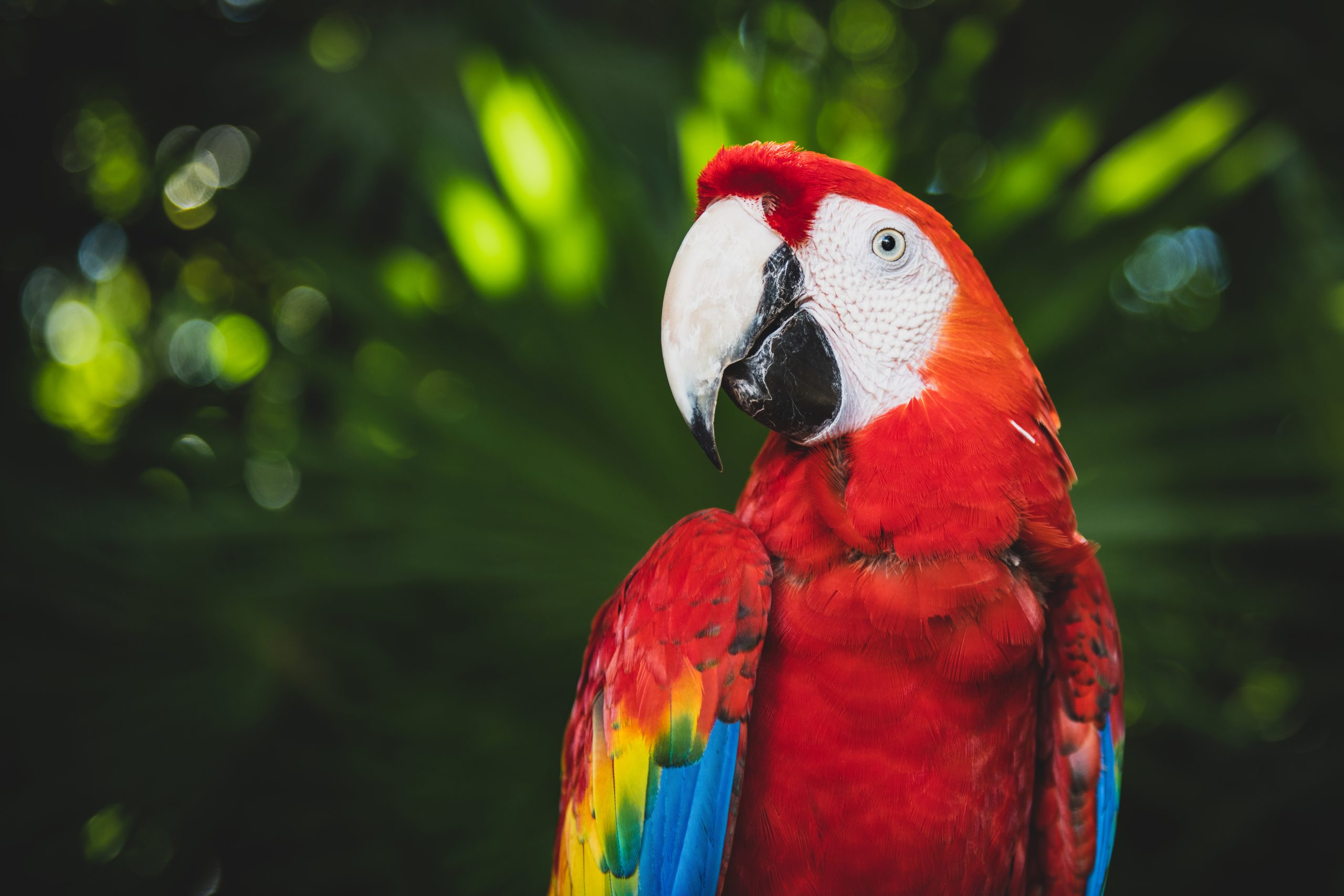
Parrots are fascinating creatures known for their ability to mimic human speech. But have you ever wondered just how many words they can learn?
The answer may surprise you. While some species of parrots can only learn a few words, others are capable of learning hundreds or even thousands.
Understanding parrot speech and behavior is key to unlocking the secrets of their impressive cognitive abilities. Different species of parrots have varying levels of intelligence and communication skills, making some better suited for learning human speech than others.
By studying their behavior in the wild and in captivity, researchers have been able to gain a better understanding of how parrots communicate and learn.
Teaching parrots to speak can be a fun and rewarding experience for both the bird and its owner. With patience and persistence, parrots can be taught to mimic a wide range of sounds and words.
However, it is important to remember that not all parrots will be able to learn to speak, and that each bird has its own unique personality and abilities.
Key Takeaways
- Parrots have varying levels of intelligence and communication skills, which affects their ability to learn human speech.
- Teaching parrots to speak can be a fun and rewarding experience with patience and persistence.
- Not all parrots are capable of learning to speak, and each bird has its own unique personality and abilities.
Table of Contents
Understanding Parrot Speech
Parrots are known for their ability to mimic human speech, but how many words can they actually learn? To understand this, we need to explore the different aspects of parrot speech.
Mimicry and Intelligence
Parrots are not born with the ability to speak like humans. Instead, they learn to mimic sounds and words through repetition and association. This requires a certain level of intelligence and cognitive ability. Studies have shown that parrots have a high level of intelligence, similar to that of a 3-5 year old child.
Vocabulary and Phrases
The size of a parrot’s vocabulary varies depending on the individual bird and the amount of training it has received. Some parrots can learn up to 2,000 words, while others may only learn a few dozen. It is important to note that parrots do not understand the meaning behind the words they are saying, but rather they are simply repeating sounds that they have heard.
In addition to individual words, parrots can also learn phrases and sentences. This is accomplished through repetition and association with specific actions or objects. For example, a parrot may learn to say “hello” when someone enters the room, or “goodnight” when the lights are turned off.
Conclusion
In conclusion, parrots have the ability to learn a wide range of words and phrases through repetition and association. However, their understanding of the meaning behind these words is limited. With proper training and care, parrots can become skilled at mimicking human speech and interacting with their owners in a unique and entertaining way.
Species and Their Abilities
African Grey Parrots
African Grey Parrots are renowned for their exceptional speaking ability and are considered one of the most intelligent parrot species. They have a remarkable ability to mimic human speech, with an average vocabulary of about 1,500 words. Some African Grey Parrots have even been known to learn up to 3,000 words. They can also understand and use words in context, making them excellent conversationalists.
Macaws
Macaws are known for their striking colors and impressive size, but they are also excellent mimics. They can learn a vocabulary of up to 100 words or phrases, and some species can even learn up to 500 words. However, their speaking ability is not as advanced as African Grey Parrots, and they may have difficulty using words in context.
Amazon Parrots
Amazon Parrots are known for their playful and social nature, and they are also excellent mimics. They can learn a vocabulary of up to 80 words or phrases, and some species can even learn up to 200 words. They have a clear and articulate speaking voice, and they can use words in context.
Budgerigars
Budgerigars, or “Budgies,” are a popular pet bird species known for their small size and playful personalities. They are also excellent mimics, with an average vocabulary of about 50 words. However, they may have difficulty using words in context and may not have as clear of a speaking voice as other parrot species.
Eclectus Parrot
Eclectus Parrots are known for their striking colors and unique appearance, but they are also excellent mimics. They can learn a vocabulary of up to 50 words or phrases, and they have a clear and articulate speaking voice. However, they may have difficulty using words in context.
Indian Ring Parakeet
Indian Ring Parakeets are a popular pet bird species known for their playful and social nature. They are also excellent mimics, with an average vocabulary of about 50 words. However, they may have difficulty using words in context and may not have as clear of a speaking voice as other parrot species.
Overall, parrot species have varying abilities when it comes to learning human speech. African Grey Parrots are considered the most advanced, while other species may have more limited speaking abilities. However, all parrots have the potential to learn words and phrases, and with proper training and socialization, they can make excellent companions.
Teaching Parrots to Speak
Teaching your parrot to speak can be a fun and rewarding experience for both you and your feathered friend. While some parrots are more talkative than others, with the right training techniques, consistency, patience, and positive reinforcement, almost any parrot can learn to speak.
Training Techniques
There are several training techniques you can use to teach your parrot to speak. Here are a few:
- Repetition: Repeat the same word or phrase over and over again until your parrot starts to mimic it.
- Association: Associate a word or phrase with a specific action or object. For example, say “hello” every time you enter the room or “goodbye” every time you leave.
- Mimicry: If your parrot already knows a few words, try mimicking its voice to encourage it to speak more.
Consistency and Patience
Consistency and patience are key when teaching a parrot to speak. Set aside a few minutes each day to work on training, and be patient if your parrot doesn’t start speaking right away. It can take weeks or even months for some parrots to start mimicking words.
Positive Reinforcement
Positive reinforcement is an important part of teaching a parrot to speak. Reward your parrot with a treat or praise every time it says a word or phrase correctly. This will encourage it to keep trying and will make the training process more enjoyable for both of you.
Remember, not all parrots will learn to speak, and some may only learn a few words. But with the right training techniques, consistency, patience, and positive reinforcement, you can help your parrot develop its speaking abilities and have fun in the process.
Parrots and Human Interaction
Parrots are highly social creatures that thrive on attention and interaction with their human companions. They enjoy being talked to, petted, and played with, and they can form strong bonds with their owners.
Bonding with Your Parrot
Bonding with your parrot is an important part of ensuring its happiness and well-being. Parrots are intelligent animals that require mental stimulation and social interaction to thrive. Spending time with your parrot every day can help strengthen your bond and build trust between you.
One way to bond with your parrot is to talk to it regularly. Parrots are excellent mimics and can learn to repeat words and phrases that they hear frequently. You can also teach your parrot to do tricks or play games with it to provide mental stimulation and keep it entertained.
Social Interaction
Parrots are social animals that require interaction with other parrots or humans to remain healthy and happy. If you have only one parrot, it is important to provide it with plenty of social interaction to prevent boredom and loneliness.
If you cannot provide your parrot with enough social interaction, consider getting another parrot as a companion. However, it is important to introduce the two birds slowly and carefully to prevent aggression and ensure that they get along.
In conclusion, bonding with your parrot and providing it with social interaction are important aspects of owning a parrot. By spending time with your parrot every day and providing it with mental stimulation and social interaction, you can help ensure that it remains healthy, happy, and well-adjusted.
Parrot Communication in the Wild
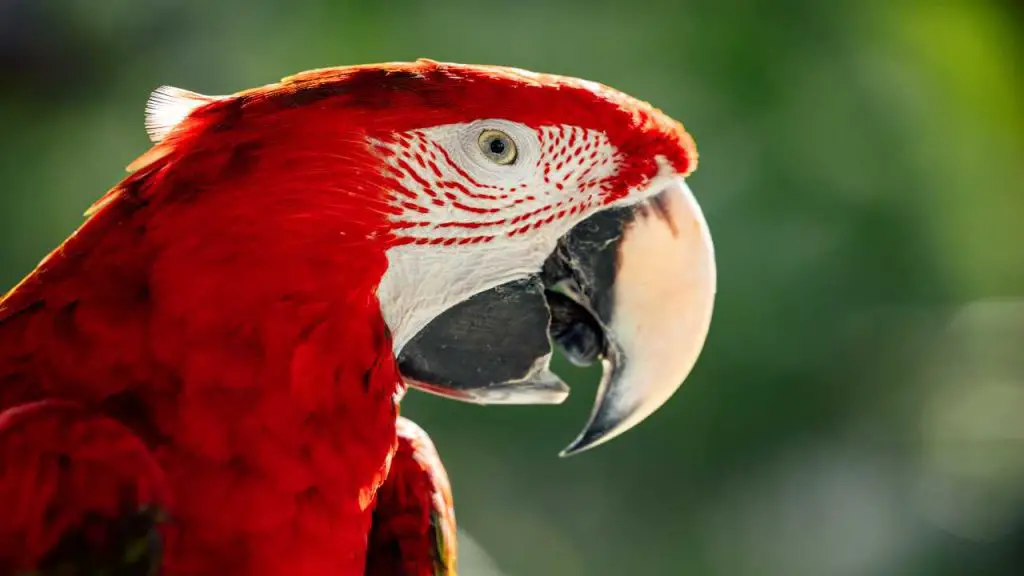
Calls and Songs
In the wild, parrots communicate with each other using a variety of calls and songs. These vocalizations serve many purposes, including warning of predators, attracting mates, and maintaining social bonds. Parrots are known for their loud and distinctive calls, which can be heard from great distances.
One type of call that wild parrots use is the “contact call.” These calls are used to locate other members of the flock and to maintain contact with them. Each parrot has its own unique contact call, which serves as a sort of name or identifier. In addition to contact calls, parrots also use a variety of other calls and songs to communicate with each other.
Wild Parrots
Wild parrots are social animals that live in flocks of varying sizes. They are highly intelligent and have been observed exhibiting complex behaviors, such as tool use and problem-solving. In the wild, parrots learn vocalizations from other members of their flock, including their parents and other adults. They also learn from their environment, such as the sounds of other animals and the wind blowing through the trees.
Unlike captive parrots, wild parrots do not learn human speech. They only make the sounds of their own species. This is because in the wild, parrots only need to communicate with other parrots to survive. They do not need to learn human speech to survive.
Overall, parrot communication in the wild is a fascinating and complex topic. By studying wild parrots, we can gain a better understanding of how these intelligent birds communicate with each other and how they interact with their environment.
Parrots in Research
Parrots have long been a subject of research, particularly in the area of their ability to learn and use human language. This research has yielded fascinating insights into the cognitive abilities of these birds, as well as the ways in which they can be trained to communicate with humans.
Alex the Parrot
One of the most famous parrots in the history of research is Alex, an African grey parrot who was the subject of a 30-year study by animal psychologist Irene Pepperberg. Alex was able to learn and use a vocabulary of over 100 words, as well as demonstrate an understanding of concepts such as color, shape, and number.
Pepperberg’s work with Alex helped to demonstrate that parrots are capable of much more than simple mimicry, and that they possess a level of intelligence and cognitive ability that was previously unrecognized.
Studies on Parrot Speech
Since Pepperberg’s groundbreaking work with Alex, numerous other studies have been conducted on parrot speech and cognition. For example, research conducted by Tim Wright has demonstrated that parrots are able to learn and use complex grammatical structures, such as those found in human language.
Additionally, parrots have been shown to be capable of adapting their speech to different situations and contexts, suggesting a level of flexibility and creativity in their use of language.
Overall, the research on parrot speech and cognition has revealed these birds to be highly intelligent and capable of a range of complex behaviors. As we continue to study and learn from these fascinating creatures, we are sure to gain even more insights into the mysteries of the avian mind.
Note: While parrots have been known to give TED talks, it is important to note that this is a humorous reference to their ability to mimic human speech and does not reflect a true understanding of the content of the talks.
Conclusion
In conclusion, parrots are highly intelligent birds that are capable of learning a large vocabulary. While there is no definitive answer to how many words a parrot can learn, research suggests that African Grey parrots are the best at learning sounds and have the most extensive repertoires, averaging about 60 words. However, other parrots such as cockatoos, Amazons, and Macaws are also excellent mimics, with average repertoires of 20 to 30 words.
It is important to note that the size of the parrot determines the size of its vocabulary. The African Grey parrot, which is considered the most intelligent parrot of all, has a vocabulary of 300 to even 1000 words. However, the Amazon parrot’s colorful plumage and the fun-loving Quaker (or Monk) parrot’s vocabularies are also impressive.
If you are thinking about getting a parrot as a pet, be prepared to spend some time teaching it everything from its name to your favorite phrases. In general, most parrots can learn around 100 words or so if they are taught regularly from a young age. Some individual birds have been known to learn upwards of 1000 words though!
Overall, parrots are fascinating creatures that have captivated humans for centuries with their ability to mimic speech. With proper training and care, parrots can make excellent pets and companions for years to come.
Frequently Asked Questions
How many words can a green parrot learn?
Green parrots are known for their ability to learn a wide range of words and phrases, with some individuals able to learn up to 50 words.
However, the exact number of words that a green parrot can learn will depend on the individual bird’s intelligence, age, and motivation.
How many words can a macaw learn?
Macaws are highly intelligent birds that are capable of learning a large vocabulary of words and phrases. Some macaws have been known to learn up to 100 words, although the average is typically closer to 50. As with other parrots, the number of words that a macaw can learn will depend on various factors, including their age, intelligence, and motivation.
How many words can an African grey parrot learn?
African grey parrots are considered to be some of the most intelligent birds in the world and are capable of learning an extensive vocabulary of words and phrases.
Some African grey parrots have been known to learn up to 1,000 words, although most will learn between 100 and 500.
The exact number of words that an African grey parrot can learn will depend on the individual bird’s intelligence, age, and motivation.
How many words can a crow learn?
Crows are highly intelligent birds that are capable of learning a variety of words and phrases. However, they are not typically kept as pets and are not trained to learn specific words like parrots are.
In the wild, crows have been known to mimic the sounds of other animals and even human speech, but they do not have the same capacity for learning words as parrots do.
How many words can a parakeet learn?
Parakeets are small birds that are known for their ability to learn a limited vocabulary of words and phrases.
Most parakeets will learn between 10 and 20 words, although some individuals may learn more. The exact number of words that a parakeet can learn will depend on the individual bird’s intelligence, age, and motivation.
How many words can an Alexandrine parrot learn?
Alexandrine parrots are highly intelligent birds that are capable of learning a large vocabulary of words and phrases. Some Alexandrine parrots have been known to learn up to 250 words, although most will learn between 50 and 100.
As with other parrots, the number of words that an Alexandrine parrot can learn will depend on various factors, including their age, intelligence, and motivation.


